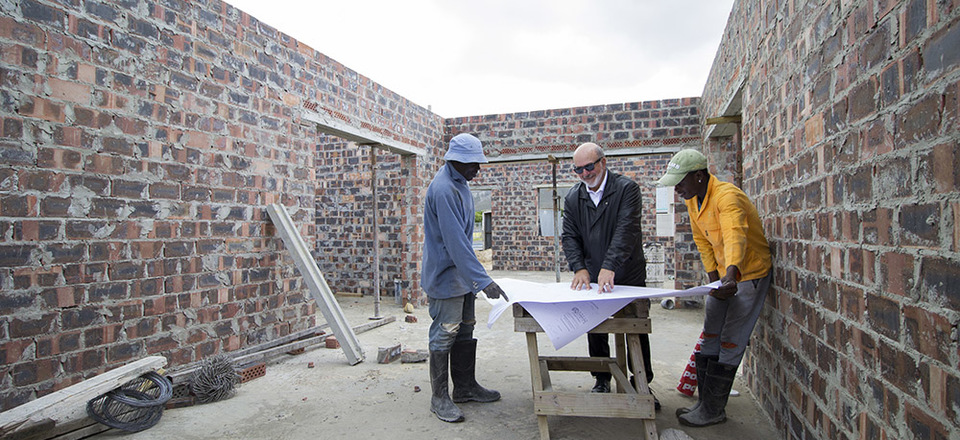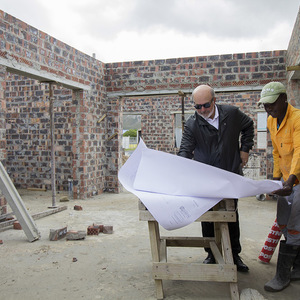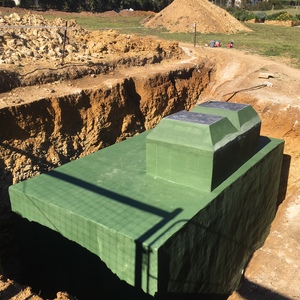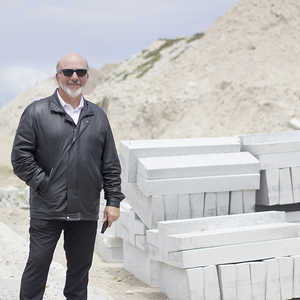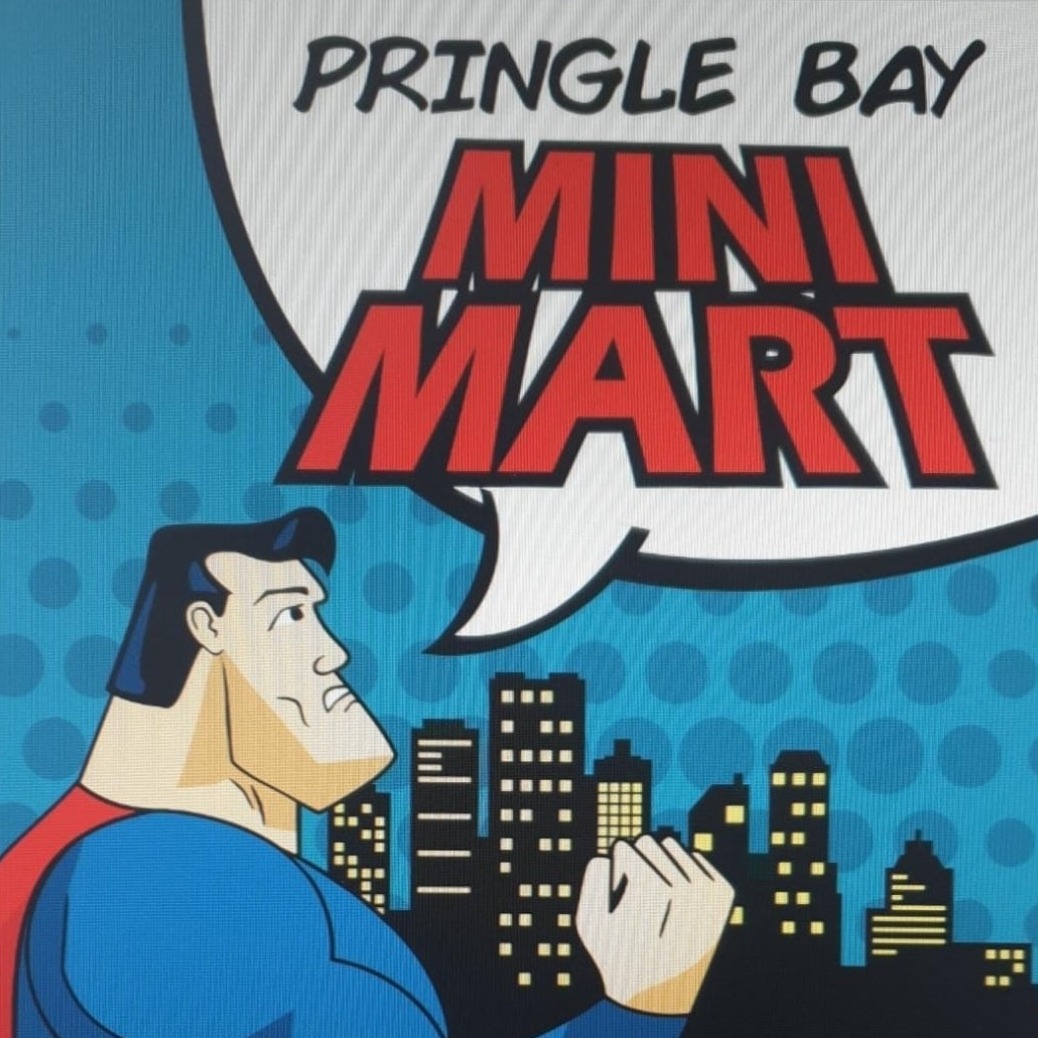Green buildings can save the planet
It is no secret that we are using up the Earth’s natural resources at a staggering rate. Experts calculate that we currently use 40 billion tonnes of natural resources per year, with the built environment accounting for a whopping 30% of the world’s carbon emissions, 20% of the world’s water usage and 40% of its electricity usage. It, therefore, makes perfect sense that we all need to take an urgent look at how we construct our homes, public buildings and places of work if the generations to come are to have a sustainable future.
Working towards a Green Building Revolution
In South Africa, the Green Building Council of South Africa (GBCSA) is at the forefront of advocating green building methods, introducing a Green Star rating system that sets standards and provides guidelines for so-called “green buildings”. (See www.gbcsa.org.za for more information.) The GBCSA hopes to convince policymakers, homeowners, builders and developers that more than 61% of new buildings going up in 2019 should be green. This will put South Africa at the forefront of a worldwide movement to reduce the amount of CO2 emissions from the building sector.
Experts believe that this is an achievable objective. Local governments are already implementing the new “green” building regulations which were introduced by the government in 2011 under the National Building Regulations and Building Standards Act. According to these regulations, all new buildings should use solar water heaters, heat pumps or similar technologies, while ceilings, walls and windows have to meet minimum requirements in insulation, to minimise heating in winter and cooling in summer. Buildings also have to be fitted with energy-efficient heating, air conditioning and mechanical ventilation systems.
How do I go green?
We can all do more than just stick to the new green building regulations when building a new home. This comes down to consciously looking at the building method and materials you intend using and choosing both the building method and building materials that have the least impact on the environment. Here you need to take into account not only what it costs in terms of water, energy and CO2 emissions to extract or manufacture a product, but also how easy it is to transport, the maintenance needed throughout its lifespan and whether it is recyclable or not. This is called the “cradle to grave” cycle.
In the past few years, more South Africans are exploring alternative building methods instead of conventional bricks and mortar. Straw bale buildings, adobe and stabilized rammed earth are just some of the building methods that are becoming more popular. All three these building methods use locally sourced, natural, durable and energy-efficient materials. Products that minimise the use of sand and cement mortar (which is one of the most energy-intensive building products) such as interlocking compressed soil bricks, are gaining ground as well.
If you have an existing home that you would like to ‘green’, you need to look at retrofitting energy and water saving methods and ways in which you can reduce waste.
But what about the cost?
Most homeowners – whether you want to start building green or retrofit your building – balk at the cost of it. According to the GBCSA, the good news is that although going green can add between 1.1% and 5% to your build compared to conventional buildings, it is offset by savings over the lifetime of the building as well as the many benefits of green buildings such as improved sleep and better health.
The water crisis in Cape Town in 2018 brought home to many of us just how precious our water resources are. This year does not promise to be much better, so it makes sense that we all do our bit to conserve water wherever we can. A compulsive argument can also be made for South Africans to be more energy-conscious, seeing that increases in fuel and electricity tariffs, as well as load shedding by Eskom, are on the cards for this year.
With this in mind, your architect and professional engineer can help guide you through the bewildering selection of green technologies and products available on the market to save you money - and save the planet.
Ten green things to do right now
Here are 10 things you can do right now to make your home more sustainable.
- Rethink your household waste management system and put plans in place to reduce the amount of waste sent to the municipal dump to zero by reducing, recycling or repurposing waste.
- Use food waste and garden waste to start a compost heap that can be used in a food garden. The surplus product can be passed on to local charities, food banks and soup kitchens
- Donate unwanted furniture, appliances, clothes and linen to charities or needy individuals in your community.
- Sort all your household and office waste into recycling bins for cardboard and paper, polystyrene, plastic, glass and tin or aluminium. Dispose of cartridges and light bulbs separately and responsibly and turn non-recyclables into eco-bricks (plastic bottles filled with non-recyclable plastic-like crisp packets, cling wrap, etc.) that can be used to build homes.
- Have a Water Pact in a place where every member of the household undertakes to shower in under 3 minutes.
- Recycle as much water as possible by installing a grey water tank and / using greywater to irrigate your garden.
- Install rain harvesting tanks that can be used to water your garden, fill pools, wash cars, etc.
- Steadily replace all your conventional light bulbs with LEDs.
- Install a timer on your geyser so it switches off in off-peak periods when you’re not at home.
- Plant indigenous trees on the western side of your home to shade it from the hot afternoon sun, minimising the amount of energy spent on cooling your home, and replant your garden with water-wise plants wherever possible to reduce the amount of water you use.
For more information, feel free to contact Omega Consulting Africa today!



















